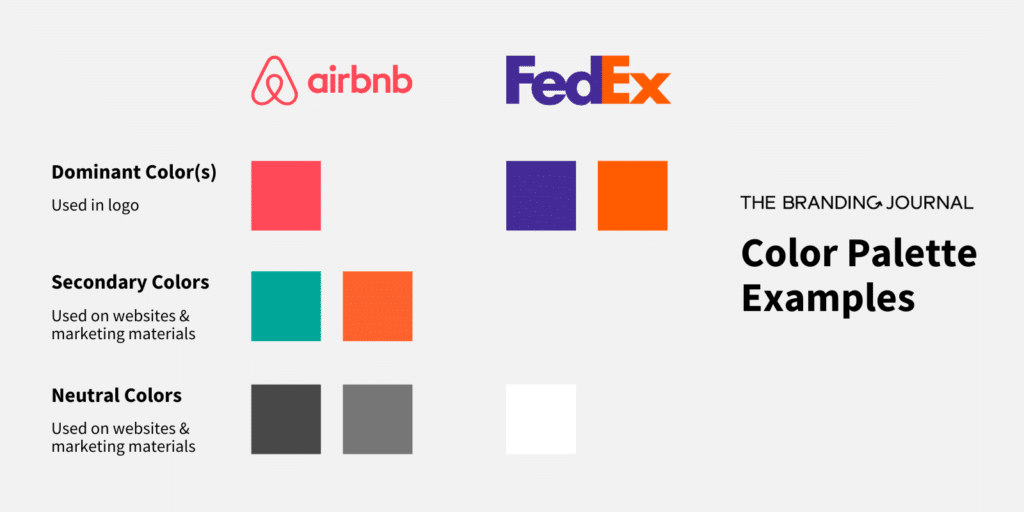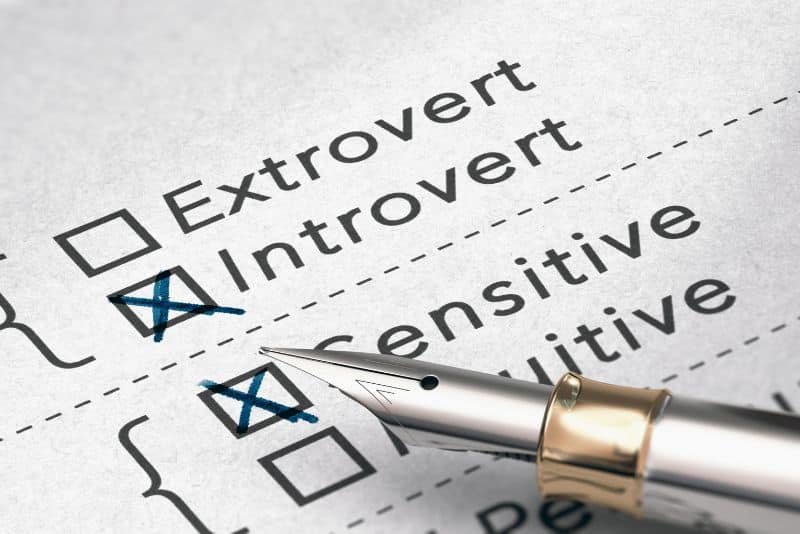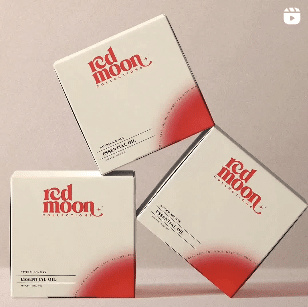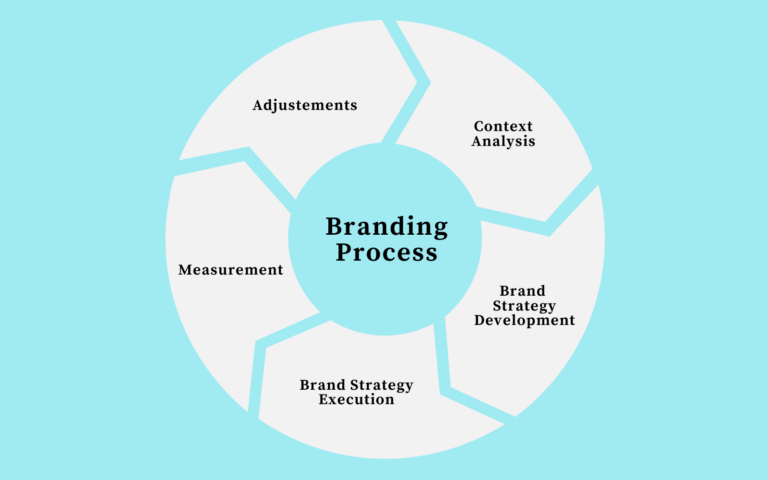One of the key components of building a successful brand is developing a strong visual identity. This article looks at what a visual identity is, why it’s important for your brand, and how to build one that’s memorable and unique.
Table of Contents
What is a Visual Identity?
A brand’s visual identity is a combination of graphic elements that represent and identify it, including its logo, color palette, typography, imagery, and other design elements.
Developing a visual identity is just one part of the brand-building process, but it can be one of the most exciting and enjoyable. When deciding how to portray your brand through graphic elements, you can let your creativity flourish. The more inventive you get, the more likely you are to come up with a visual identity that’s truly unique.
It’s important to remember that your brand’s visual identity needs to be aligned with all other facets of its identity and overall strategy.
Why is Visual Identity Important?
A visual identity is essential for building a strong brand. Here are a few reasons why:
- Brand recognition: A solid visual identity helps create brand recognition. When customers see your logo or colors, they should be able to recognize and identify your brand immediately.
- Differentiation: A strong visual identity sets your brand apart from competitors. Certain industries often use specific color palettes, but that doesn’t mean you have to. You shouldn’t be afraid to choose different colors, as long as they align with your brand’s personality and values and resonate with your target consumers. Plus, you’ll stand out from the competition.
- Trust and credibility: Consistent and coherent visual branding makes a brand more recognizable, establishing trust and credibility with customers and stakeholders.
- Reinforcement: Visual identity is important in reinforcing and visually conveying a brand’s overall identity and strategy.
- Emotional connection: A strong visual identity can evoke emotions in a brand’s customers and stakeholders. By choosing a color palette, typography, and imagery that align with your brand values and personality, you can create a deeper emotional connection with your audience.
The Elements of a Visual Identity
It’s essential to clearly understand your brand’s values, personality, and target audience before creating a visual identity.
Once you have defined these characteristics, you can work on the core elements of your visual identity:
1. Color palette
A color palette is a set of key colors your brand uses across all visual communications, such as your logo, website, social media, brochures, and advertisements.
It’s important to follow the principles of color theory and color psychology in order to select the right shades.
Each color has a meaning and conveys different attributes to your audience.

Your color palette should be composed of the following:
- dominant colors
- secondary or accent colors
- neutral colors
These three types of colors should be harmonious together, as shown in the following examples from airbnb and FedEx:

A professional designer can help you with this process, and their expertise will likely be invaluable. But if you can’t hire a professional, you can use an online tool – our favorites are Coolors and Canva – to help define the right color palette for your brand.
2. Logo
A logo is an easily recognizable graphic symbol that identifies a company, commercial product, or public or private entity. It’s generally a combination of typographies, graphics/symbols, and colors.
Logos are an essential element of a visual identity. It’s what your audience sees and associates your brand with, which makes it a crucial step of your brand strategy.
There are some essential things to consider when creating a logo for your brand. It should be:
- Simple and easy to read
- Unique
- Easy to recognize
- In harmony with other brand identity elements
- Adaptable in color, grayscale, or black and white
- Scalable to any size/format
- Usable in all types of media (online and offline)
- Timeless
Again, hiring a professional logo designer is a good idea. But if you’re on a tight budget, there are online logo generators that can help you come up with something that’s right for your brand.
3. Typefaces and fonts
The art of lettering is another vital aspect of a brand’s visual communications.
Don McMillan expresses the importance of the font choice in the following video:
Typefaces and fonts can help express your brand’s personality and increase the overall coherence of its visual communications.
A typeface is a group of characters, letters, and numbers with a common design. For instance, Arial, Helvetica, and Times New Roman are typefaces.
A font is a typeface variation with a specific size, weight, and version. For example, Helvetica is a typeface; 11pt Helvetica Bold is a font.
Once you select your brand’s typefaces, stick to them. You should use the same typefaces across all communication channels, including online, brochures, videos, packaging, business cards, and emails. It makes your brand appear coherent and professional.
Choose fonts that align with your brand’s values and personality, and ensure they’re legible and easy to read.
It’s also crucial that you select a typeface that’s different from your brand’s main competitors.
4. Imagery and photography style
Brand imagery consists of images that represent your brand’s identity, such as photographs, illustrations, icons, or mixed images like collages.
Images are a powerful tool. They convey your brand’s personality and transmit feelings and emotions to your potential customers, usually faster than words. These feelings and emotions can help build loyalty and trust toward a brand, especially over time and after regular exposure.
To define the best type of imagery for your brand, put yourself in your target customers’ shoes:
- What are they looking for?
- How do they want to feel?
- What kind of images would inspire them?
- What’s important to them?
By understanding your target customers’ preferences, you have a higher chance of creating visuals that they find attractive and inspiring and resonate with them.
Like other elements of visual identity, it’s wise to observe your main competitors’ imagery and choose a style that sets your brand apart.
5. Graphic design layouts
Graphic design layout refers to the placement of graphic elements within a specific communication material. For example, where a logo should be placed, how big the fonts should be, or how much white space should be available on the design.
Each communication touchpoint should have a different layout. The arrangement of elements should be different on a website, social media posts, brochures, product and packaging design, or videos.
The objective of graphic design layouts is to ensure that your visual communications are easy to understand and presented uniquely and coherently. It also allows you to highlight specific elements depending on the message you want to convey.
6. Product and packaging design
If your brand sells physical products, it’s essential to consider your product design, as well as packaging design.
Product design refers to conceptualizing and executing a product that meets the target consumers’ needs.
Product design elements can include the type of materials used, the product’s functionality and ergonomics, the product, the outward appearance of the product, and the experience/solution delivered to consumers via the product.
Packaging design refers to the creation of the product’s outer container, including its physical shape, materials, aesthetics, look and feel, and regulatory information.
Because packaging is often the last communication channel brands have with consumers in the purchasing decision process, its design, and content are essential. This is why some people call it the “silent salesman.”
Both the design of your brand’s products and their packaging should reflect your brand’s strategy and identity.
Conclusion
Developing a strong visual identity is an essential component of building a successful brand.
A solid visual identity creates brand recognition, differentiates your brand from competitors, establishes consistency and trust with customers, and creates an emotional connection with your audience.
A successful visual identity needs to be:
- Simple and clear: it should be easy to recognize and quick to memorize
- Representative of your overall brand
- In accordance with the brand’s sector/industry
- Coherent across all communication channels.
- Different from the rest of the competitors in the sector



















